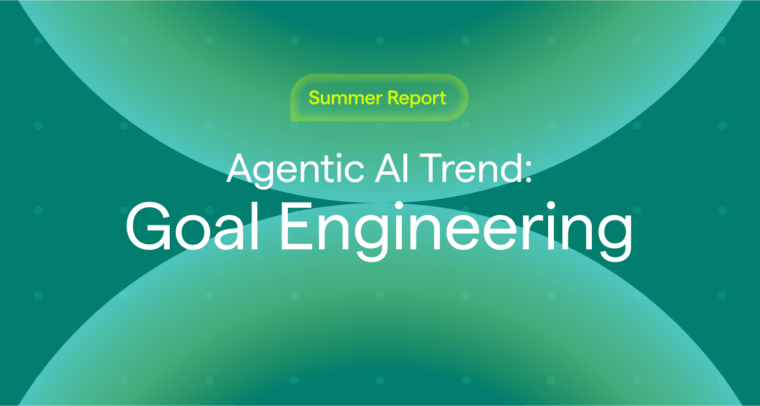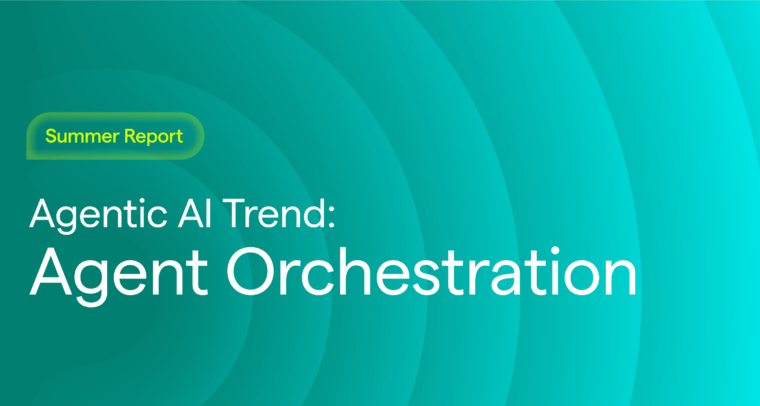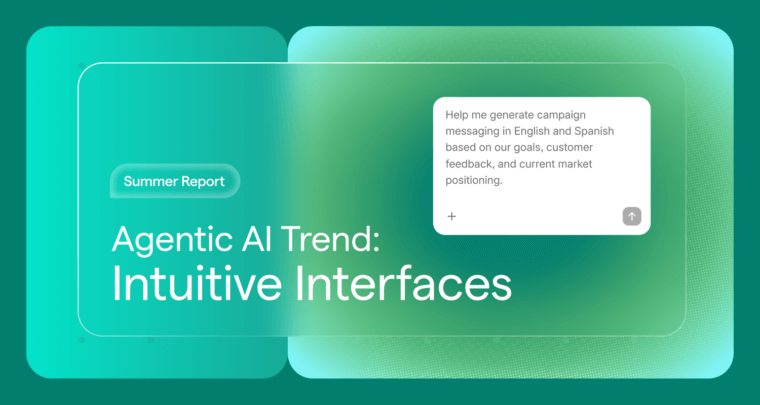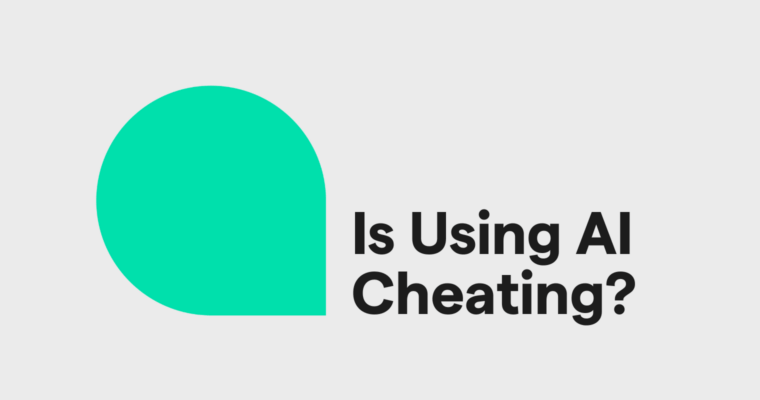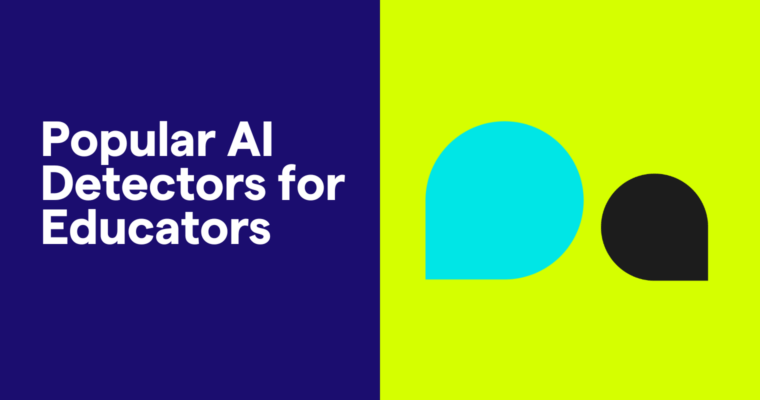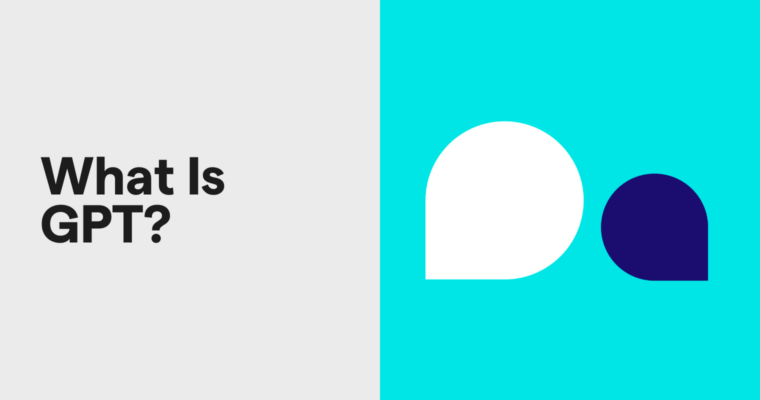
GPTs are an advanced AI technology that powers tools like ChatGPT and coding assistants. Known for their ability to understand and generate humanlike language, GPTs have become a cornerstone of modern AI applications, offering solutions in creativity, productivity, and data analysis.
This article explores what a GPT is, how it works, its evolution, and its real-world uses, while also highlighting its advantages and limitations.
Table of contents
Applications of GPTs: What are GPTs used for?
What is a GPT (generative pre-trained transformer)?
A GPT, or “generative pre-trained transformer,” is a family of advanced AI models developed by OpenAI. Designed to understand and generate humanlike text, a GPT uses a transformer architecture to perform tasks like answering questions, summarizing, and translating. Over time, OpenAI’s models have evolved through versions like GPT-2, GPT-3, GPT-4, and GPT-4o, with each iteration offering greater capabilities. OpenAI, founded in 2015 by leaders like Elon Musk and Sam Altman, developed GPTs to advance AI in a way that benefits humanity.
Why are GPTs important?
GPT models are the foundation of many transformative AI applications developed by OpenAI, such as ChatGPT and DALL-E. They are also leveraged by other platforms, like Grammarly, to enhance language-based features. As a type of large language model (LLM), GPTs are trained to process and analyze vast amounts of text data, enabling it to understand and generate humanlike language. This makes GPTs invaluable for tasks requiring natural language comprehension and creation, powering innovations in customer service, content generation, education, and more.
What does GPT stand for?
GPT stands for “Generative Pre-trained Transformer,” a description that encapsulates the essence of how it functions.
Generative
GPT models belong to the class of generative AI, which creates new content based on input prompts. Unlike models focused solely on classification or prediction, GPTs generate original outputs such as text, code, or creative content. This ability stems from their training, which enables them to synthesize information and produce humanlike responses. Generative AI relies on probabilistic predictions to determine the most likely next word or sequence in a given context.
Pre-trained
GPT models are initially subjected to a large-scale pre-training phase. During this phase, they learn to understand and generate text by analyzing massive datasets containing billions or even trillions of words. This stage establishes a broad language foundation, allowing the model to generate coherent and contextually relevant outputs.
After pre-training, the model can be fine-tuned for specific tasks—such as chatbots, programming assistance, or creative content generation—by training it further on smaller, specialized datasets. Fine-tuning customizes the model for targeted applications without needing to retrain it from scratch.
Transformer
Transformers are groundbreaking architecture in natural language processing (NLP), leveraging a self-attention mechanism. This mechanism processes all words in a sequence simultaneously instead of one at a time, as seen in older architectures like recurrent neural networks (RNNs) or long short-term memory (LSTM). This parallel processing allows transformers to understand complex relationships across entire texts, enabling GPT models to grasp context and meaning effectively.
First introduced in 2017 for machine translation, transformers have since become the backbone of modern generative AI. Their efficiency and scalability allow GPT models to train on vast datasets and achieve state-of-the-art performance in a wide range of NLP tasks.
How does a GPT work?
GPT models generate responses by predicting the most appropriate continuation of user inputs, known as prompts. While they were originally designed for text-based interactions, advancements now allow them to process images and documents and integrate them with external tools and APIs.
A critical step in a GPT’s process is tokenization. When a prompt is submitted, the model breaks it into smaller units called tokens, which can be fragments of words, characters, or even punctuation marks. For example, the sentence “How does GPT work?” might be tokenized into: [“How”, “does”, “GPT”, “work”, “?”].
Using its training, the model analyzes the token sequence, comparing each token with the context of the previous ones. Based on patterns it has learned during training, the model predicts the next most likely token in the sequence. This prediction process repeats iteratively, building responses one token at a time.
By constructing outputs token by token, a GPT ensures that responses are coherent, contextually relevant, and aligned with the prompt’s intent.
How GPT models are trained
GPT training generally consists of two phases: self-supervised learning (or pre-training) and supervised fine-tuning.
1. Self-supervised learning
In this initial phase, GPT models analyze vast amounts of unlabeled text data from sources like Wikipedia, books, and online discussions. For example:
- GPT-2 was trained on 8 million web pages.
- GPT-4 reportedly used datasets equivalent to 500 billion pages of text.
The model is not explicitly told what the data represents. Instead, it learns to recognize patterns and relationships in the text using its transformer architecture. This phase establishes the model’s ability to understand natural language and generate meaningful responses.
2. Supervised fine-tuning
After completing self-supervised learning, the model progresses to supervised fine-tuning. In this phase: Human trainers provide labeled prompts and responses to teach the model what types of answers are accurate and desirable. The model is also trained to avoid harmful or inaccurate responses. Reinforcement learning from human feedback (RLHF) is a critical component integrated early in the fine-tuning process. Humans rate multiple model-generated responses to prompts, and this feedback trains a secondary AI model. The secondary model then optimizes the GPT model at scale, reducing the need for extensive human intervention.
For specialized applications, additional fine-tuning is performed on domain-specific data. For instance, ChatGPT was fine-tuned on conversational data and publicly available code to enhance its ability to generate natural dialogue and write accurate code.
How GPT models have evolved
Since 2018, OpenAI has released multiple iterations of its GPT series, with each version building upon its predecessor to achieve greater complexity and capability in language processing. The latest version, GPT-4 Omni (GPT-4o), represents the culmination of these advancements. OpenAI has more recently announced their o1 and o3 models, as part of a new series of models focused on complex reasoning. While these models are LLMs underneath, they are considered separate from the GPT series. Meanwhile, GPT-based services have also been developed by other companies, such as EleutherAI, Cerebras, and Salesforce. But in what follows, we’ll focus on the best-known models, which are those from OpenAI.
GPT-1 (2018)
The first model, GPT-1, showcased the potential of the GPT architecture and training methodology. While it could handle basic language tasks like answering simple questions and rephrasing sentences, it was limited by its relatively small scale and simple training dataset. GPT-1 struggled to maintain context in longer conversations, often producing incoherent outputs as text length increased, and it was unable to generate meaningful responses to complex queries.
GPT-2 (2019)
Released in February 2019, GPT-2 introduced significant advancements. Trained on a dataset 10 times larger than that of GPT-1, GPT-2 could generate longer and more coherent text. It performed well in tasks such as summarization, translation, and question answering without requiring task-specific training. Despite these improvements, GPT-2 sometimes struggled with nuanced context understanding and occasionally generated irrelevant or off-topic responses.
GPT-3 and GPT-3.5 (2020–2022)
In June 2020, OpenAI launched GPT-3, a transformative leap in the model’s development. With 175 billion parameters, GPT-3 excelled in natural language processing, code generation, and basic reasoning tasks. It demonstrated vastly improved context retention and coherence in longer text spans. However, its massive size introduced challenges, such as high computational demands, difficulty in fine-tuning, and occasional production of biased or unpredictable outputs.
In 2022, OpenAI released GPT-3.5, a refined version of GPT-3. This iteration leveraged a more recent dataset and fine-tuning techniques to improve response safety and accuracy. While it reduced the likelihood of harmful or inappropriate outputs, GPT-3.5 still occasionally encountered difficulties maintaining contextual accuracy for complex or niche queries.
GPT-4 and GPT-4o (2023–2024)
In March 2023, GPT-4 debuted as a major upgrade, although details about its training remained limited. GPT-4 significantly improved context retention, handling longer and more complex prompts with greater precision. Notably, it introduced multimodal capabilities, enabling it to process and respond to inputs that include both text and images.
In May 2024, OpenAI released GPT-4 Omni (GPT-4o), a faster and more cost-effective evolution of GPT-4. GPT-4o matches GPT-4’s performance while adding new capabilities, such as interpreting and generating text, images, and audio. It also features an extended context window, making it ideal for data-intensive tasks that require processing large volumes of information.
Applications of GPTs: What are GPTs used for?
GPT models are versatile tools that enable both nontechnical users and developers to perform a wide range of tasks, such as generating creative content, analyzing complex data, and much more. Below are key areas where GPTs excel:
Chatbots
GPT models are widely used to create chatbots, one of their most popular applications. Developers can fine-tune GPT models to build specialized chatbots tailored to specific purposes, such as:
- Providing customer service for businesses
- Offering interactive teaching tools, such as explaining card games like poker
These customized chatbots deliver engaging, contextually relevant, and personalized interactions, enhancing the overall user experience.
Creative tasks
GPT models are excellent for generating and refining creative content, including:
- Writing drafts for fiction, poetry, advertising copy, or other original material
- Brainstorming ideas for creative projects, such as film scripts, mural themes, or design concepts
- Generating detailed images and descriptions to complement creative narratives
For example, tools like Grammarly integrate GPT capabilities to enhance your writing style while working within familiar platforms such as Gmail and Microsoft Word.
Academic support
In academic settings, GPT models can:
- Explain complex mathematical or scientific concepts in simpler terms
- Assist educators in creating quizzes, exam questions, and lesson plans
- Serve as research assistants, helping users analyze academic texts or generate citations
These capabilities make GPTs a valuable tool for both students and educators.
Data analysis
GPT models, particularly GPT-4o, are highly effective for analyzing structured and unstructured data. They can:
- Summarize trends and metrics from datasets, such as Microsoft Excel spreadsheets
- Analyze customer sentiment from social media comments, reviews, and survey data
- Extract and summarize key points from lengthy documents, saving users time and effort
Image analysis
With GPT-4o’s multimodal capabilities, users can upload images alongside textual prompts for analysis. Applications include:
- Converting images of text into editable formats
- Generating captions for social media posts or product descriptions
- Creating detailed image descriptions for use with assistive technologies, improving accessibility for visually impaired individuals
Coding assistance
For developers, GPT models streamline the software development process by:
- Explaining the functionality of code snippets
- Optimizing code for better efficiency and maintainability
- Generating test cases for debugging and quality assurance
- Translating code between different programming languages
These features help improve productivity and simplify complex coding tasks.
Advantages of GPT models
GPT models offer a flexible, efficient, and customizable approach to automating tasks across various industries. Here are some of their key benefits:
- Adaptability across sectors: GPT models can be fine-tuned for diverse applications, such as contract analysis, predictive analytics, and cybersecurity threat detection. This flexibility has made AI more accessible and practical for businesses and individuals alike.
- Enhanced productivity: By automating repetitive or time-consuming tasks, GPT models allow users to focus on more creative and strategic responsibilities. For example, they can answer complex questions, generate educational content, or even write entire software programs. This capability helps individuals and organizations scale their output, enabling them to achieve more in less time without additional effort.
- Ease of customization: GPT models can be tailored to meet specific needs, empowering developers and businesses to build solutions optimized for their unique use cases.
Limitations of GPT models
Despite their strengths, GPT models have notable drawbacks that users should consider:
- Outdated knowledge: GPT models are trained on fixed datasets, which means their knowledge is limited to information available up to the dataset’s cutoff date. While features like ChatGPT’s Search help incorporate real-time updates, this limitation can still impact applications that require the latest information.
- Image generation limitations: While GPT-4o can analyze images via its API, it cannot directly generate images. Users must rely on separate models like DALL-E or Stable Diffusion for image generation.
- Ethical and privacy concerns: GPT models can inadvertently reflect biases present in their training data. They also raise concerns about privacy and security, as they process sensitive information. Additionally, these models can be misused to spread misinformation, infringe on copyrights, or generate harmful content.
Conclusion
GPT models have significantly advanced the capabilities of machines in mimicking humanlike interactions and aiding in intricate tasks across multiple sectors. With their ongoing evolution, these models promise to enhance both creative and analytical endeavors. Nevertheless, they entail significant ethical and privacy concerns that necessitate diligent study and action. Looking ahead, the development of GPT technology will likely continue to be a central theme in AI research, shaping the future of technological adoption worldwide.
What is GPT FAQs
What does GPT stand for?
GPT stands for Generative Pre-trained Transformer. It is a type of advanced AI model designed to generate humanlike text based on input prompts. GPTs use a transformer architecture, a type of neural network specifically optimized for natural language processing tasks.
Who developed GPTs?
The first GPT was developed by OpenAI, an artificial intelligence research organization founded in 2015. OpenAI’s mission is to ensure that AI benefits all of humanity, and GPTs are one of its most significant contributions to the field of AI.
How accurate are GPTs?
A GPT is highly accurate for many tasks, including text generation, summarization, and data analysis. However, its accuracy depends on the context and complexity of the task. It may occasionally produce incorrect, nonsensical, or biased outputs, especially for niche or highly technical queries. OpenAI, the most prominent maker of GPTs, continuously develops newer versions to enhance reliability and reduce errors.
How can I access a GPT?
You can access one of OpenAI’s GPTs in several ways:
- ChatGPT: Available on web, desktop, and mobile apps, with both free and paid tiers
- OpenAI API: Developers can integrate a GPT into their applications by sending queries to the API (paid access)
- Third-party apps: Many apps and platforms incorporate a GPT functionality via the OpenAI API
What’s the difference between a GPT and ChatGPT?
GPTs are foundational AI models that serve as the backbone for various applications, whereas ChatGPT is a specialized implementation of GPT technology tailored for conversational use. While GPTs are versatile and can perform tasks like summarization, coding, and data analysis, ChatGPT is specifically fine-tuned to excel in dialogue-based interactions. This fine-tuning enables ChatGPT to better understand the context and provide more natural, engaging conversational responses.
Are GPTs safe to use?
GPTs are generally safe when used responsibly, but they do come with certain risks. The model may reflect biases present in its training data, which can lead to skewed outputs. Additionally, GPTs can generate plausible but inaccurate information, and they have the potential for misuse, such as spreading disinformation or other unethical applications. However, these risks can be mitigated through careful fine-tuning, the application of moderation filters, and adherence to ethical guidelines. OpenAI also provides tools and safeguards to help users manage these challenges and promote responsible use.

